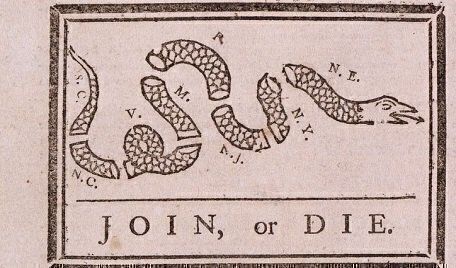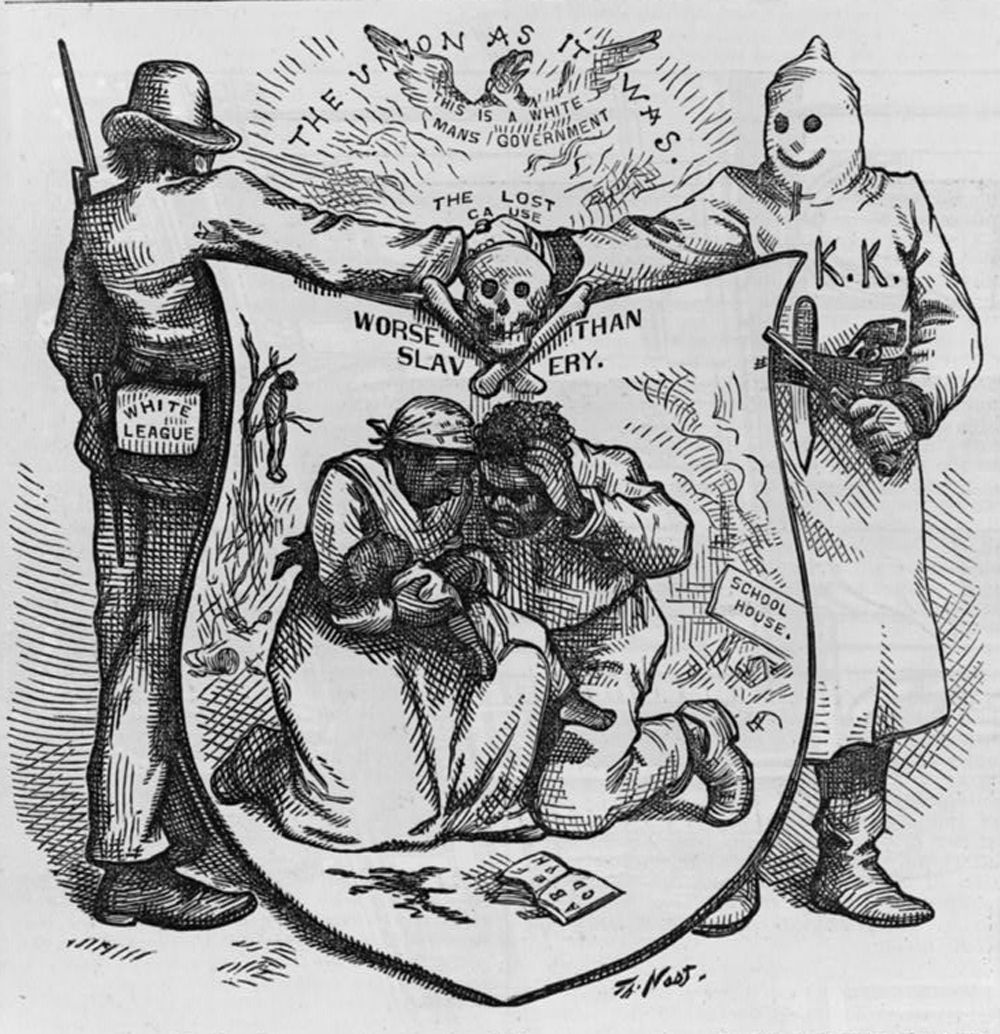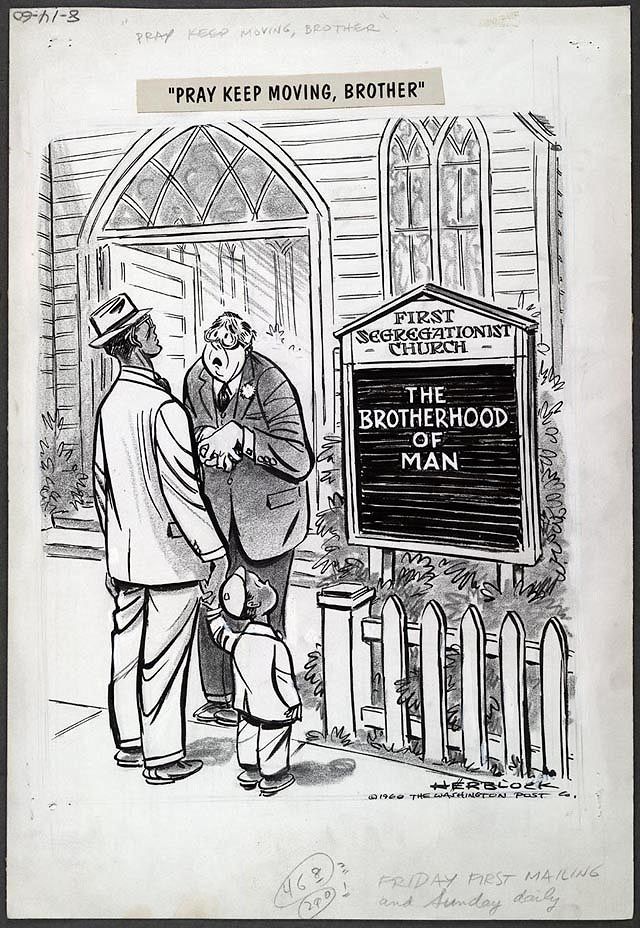Cartoonish figures. Symbolic characters. Poignant captions. Political cartoons have a long history of putting opinions into imagery and using those images to inspire thought and/or action. From lampooning King George III to taking on Trump and Biden, these drawings reflect both the thoughts of the cartoonist and the larger currents that may be flowing through society at a given time. Often seen as a way to speak truth to power, sometimes using humor, political cartoons have an enduring role as a means of reflection and political commentary. Political cartoons began to become widespread in the late 1700s, when the availability of newspapers, combined with advancements in cheaper printing methods, increased their ability to be widely distributed. Often featured in newspapers, pamphlets, or simply on paper posted in a public space, these images were meant to communicate an opinion to a large group of people in a small amount of time. As revolutions, including the Haitian, French, and American, rocked the globe, cartoonists on both sides picked up their pens and used common symbols to communicate on a larger scale. Particularly at a time when advanced literacy may have been limited, these cartoons were a way to quickly communicate with a wider audience. One of the first of these images, and certainly one of the most enduring, was the Join or Die snake woodcut created by Benjamin Franklin to inspire unity in the American colonies as a counter to French aggression. Franklin, the publisher of the Pennsylvania Gazette at that time, used the image to both inspire a disunified group of colonies and make an implicit suggestion that those who did not join faced danger and possibly death. Franklin’s use of simple and evocative imagery, along with his use of the Gazette‘s circulation and his position as a prominent figure in the colonies, meant that the image became an iconic one that came to eventually symbolize the larger conflict between the American colonies and Great Britain. Political cartoons continued to play a role in major events of the eighteenth and nineteenth centuries. Especially as monarchies turned into republics, new freedoms of speech and the press meant that criticism of those in power was more permitted than it was before. Political cartoons became a vital way to sum up popular opinions of the day, and the archive of such images can give a window into major events of the time. From issues of abolition and enslavement to colonization and expansion, these illustrations created memorable presentations of current events, particularly in an era before photographs were widely available in newspapers. Memorable political cartoons of the 1800s included ones criticizing American president Andrew Jackson as more of a monarch than a president, poignant drawings illustrating the failures of Reconstruction, and cartoons that tackled social issues like child labor. While each of these issues was also pondered in news articles and editorials, the images that were presented by political cartoons were often more enduring and noticeable. One of the main American political cartoon artists of this era was Thomas Nast, a German-born artist who published thousands of his cartoons in Harper’s Weekly and is credited with popularizing the symbols of donkeys and elephants for Democrats and Republicans in cartooning, as well as illustrated depictions of Uncle Sam. Nast’s style was typical of cartoonists of his time, who used highly realistic black and white drawings that often relied on idealized tropes of figures like Lady Liberty to symbolize the United States. As cartooning itself further developed, and color printing eventually became available to newspapers, this style gave way to the more cartoonish style common to political cartoons today. Almost a hundred years later, twentieth-century cartoonist Herbert Block emerged as a major commentator, via cartoons, on the events of the time. Not only did Block’s creations have a more informal feel than previous artists, but he also tackled social issues and foreign affairs at a more frequent rate than previous political cartoonists had. While some of his cartoons focused on unique events, most of them would feel familiar to readers today by tackling topics like inflation, racism, income inequality, and campaign finance. Block was not afraid to point out the flaws in society, whether that meant taking on figures such as the disgraced President Nixon, or publishing cartoons about the racism and hypocrisy in American Christianity, and he used political cartoons as a way to communicate enduring messages to readers. Political cartoons today continue to grab the attention of readers by creating symbolic images of issues on which many have strong opinions. Today, political cartoons are more available than ever via the internet, and cartoonists can play with color, style, and digital tools to craft their own unique images within the medium. As information becomes an even more visual medium, these images will continue to endure and have an impact on the public conversation.


